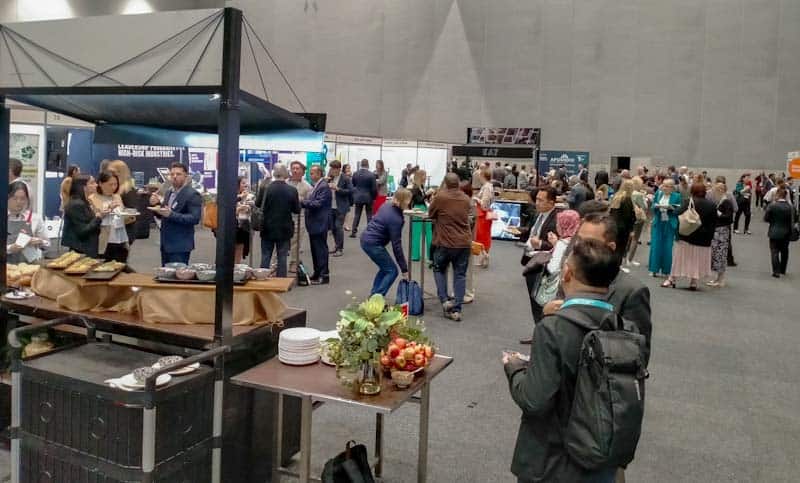If you needed confirmation that the mainstream media is disinterested in occupational health and safety (OHS) unless there is a disaster or the incident can be narrowly categorised as sexual harassment, bullying or suicide, last week, the Australian Parliament passed important amendments to the Model Work Health and Safety laws. It seems OHS cannot compete with sexual harassment laws (I’m okay with that) or Industrial Relations (or Australia’s wins in the World Cup).
On December 1 2022, Workplace Relations Minister Tony Burke‘s Second Reading Speech included the removal of insurance policies that could pay for financial penalties awarded against OHS breaches and a pledge to put Industrial manslaughter back on the national agenda.







